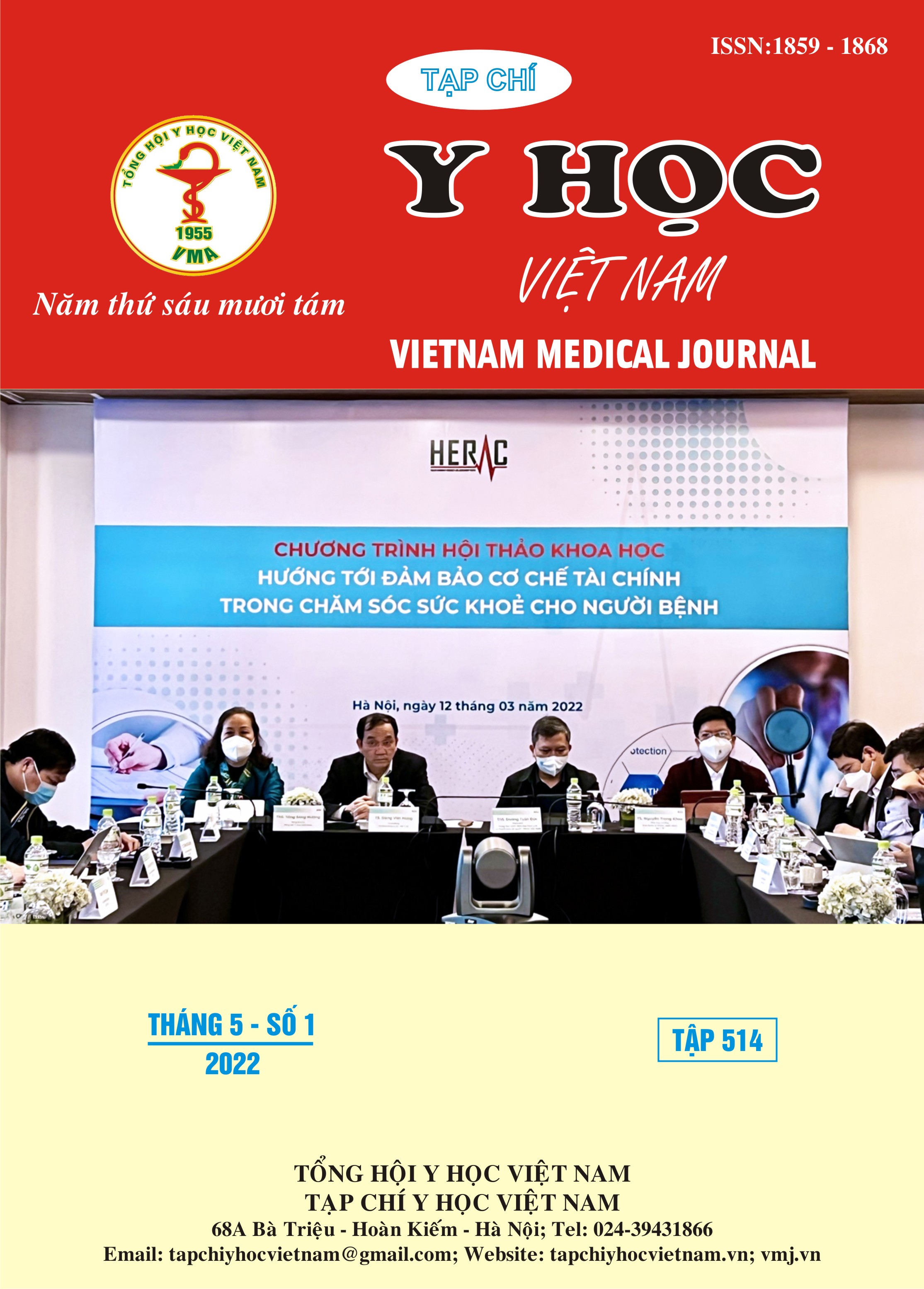IMPROVEMENT OF PATIENT SAFETY CULTURE AT DISTRICT 4 HOSPITAL AFTER 4 MONTHS OF INTERVENTION
Main Article Content
Abstract
Question. A culture of patient safety is a very important part of improving healthcare quality, serving as the foundation of patient safety and reducing medical errors. District 4 Hospital attracts a large number of patients for medical examination and treatment, contributing to solving the overcrowded burden of the last-level hospitals. However, according to the data on the reported rate of medical errors and incidents at District 4 Hospital in recent years, it is not high, lower than domestic and international reports, and there are incidents that have been detected is not due to reporting. Research subjects and methods. Study to evaluate intervention before and after from January 2021 to December 2021. Sampling all medical staff working in 18 departments/rooms at District 4 Hospital. Intervention program in the area of incident reporting frequency on 5 contents. Evaluate and compare changes in patient safety culture after and before the intervention program. Result. There were 290 participants before the intervention and 253 participants after the intervention. There is a difference in mean cultural scores before and after the intervention that is statistically significant in the following areas: Patient safety promotion, Patient safety awareness, Error feedback , Handover and transfer of disease, No punishment when there is an incident. The average patient safety culture score at the hospital after the intervention was significantly higher than before the intervention (p<0.001). Conclude. The patient safety culture score after intervention was higher than before the intervention. Hospitals should update their incident reporting procedures and encourage medical staff to proactively report them. Enhance the role of the Hospital Quality Management team in providing feedback on errors. Plan to train and attract human resources to work at the hospital, reducing pressure on medical staff.
Article Details
Keywords
Patient safety culture, District 4 hospital, intervention
References
2. Sở Y tế Thành phố Hồ Chí Minh (2019) "Xây dựng văn hóa an toàn người bệnh".
3. Tăng Chí Thượng, Nguyễn Thanh Hùng, Lê Bích Liên, Đào Trung Hiếu, Đỗ Văn Niệm, Ngô Ngọc Quang Minh, et al. (2014) "Khảo sát văn hóa an toàn người bệnh tại bệnh viện Nhi Đồng 1". Tạp chí Y học TP HCM, 18 (4), 8-17.
4. Nguyễn Thị Ngọc Trâm (2019) "Văn hóa an toàn người bệnh và các yếu tố liên quan tại Bệnh viện Đa khoa khu vực Củ Chi năm 2019". Khóa luận tốt nghiệp đại học, Đại học Y dược Tp. HCM.,
5. Nguyễn Đức Trọng (2017) "Văn hóa an toàn người bệnh và các yếu tố liên quan tại hai bệnh viện đa khoa của TP.HCM". Khóa luận Tốt nghiệp Cử nhân Y tế Công cộng, Khoa Y tế công cộng, Đại học Y dược TP.HCM.,
6. I. C and Li Chen, H. H (2010) "Measuring patient safety culture in Taiwan using the Hospital Survey on Patient Safety Culture (HSOPSC)". BMC Health Serv Res, 10, 152.
7. H. A Alahmadi (2010) "Assessment of patient safety culture in Saudi Arabian hospitals". Qual Saf Health Care, 19 (5), 17.
8. Y Wu, et al. (2013) "The impact of nurse working hours on patient safety culture: a cross-national survey including Japan, the United States and Chinese Taiwan using the Hospital Survey on Patient Safety Culture". BMC Health Serv Res, 13, 394.


